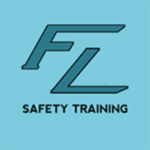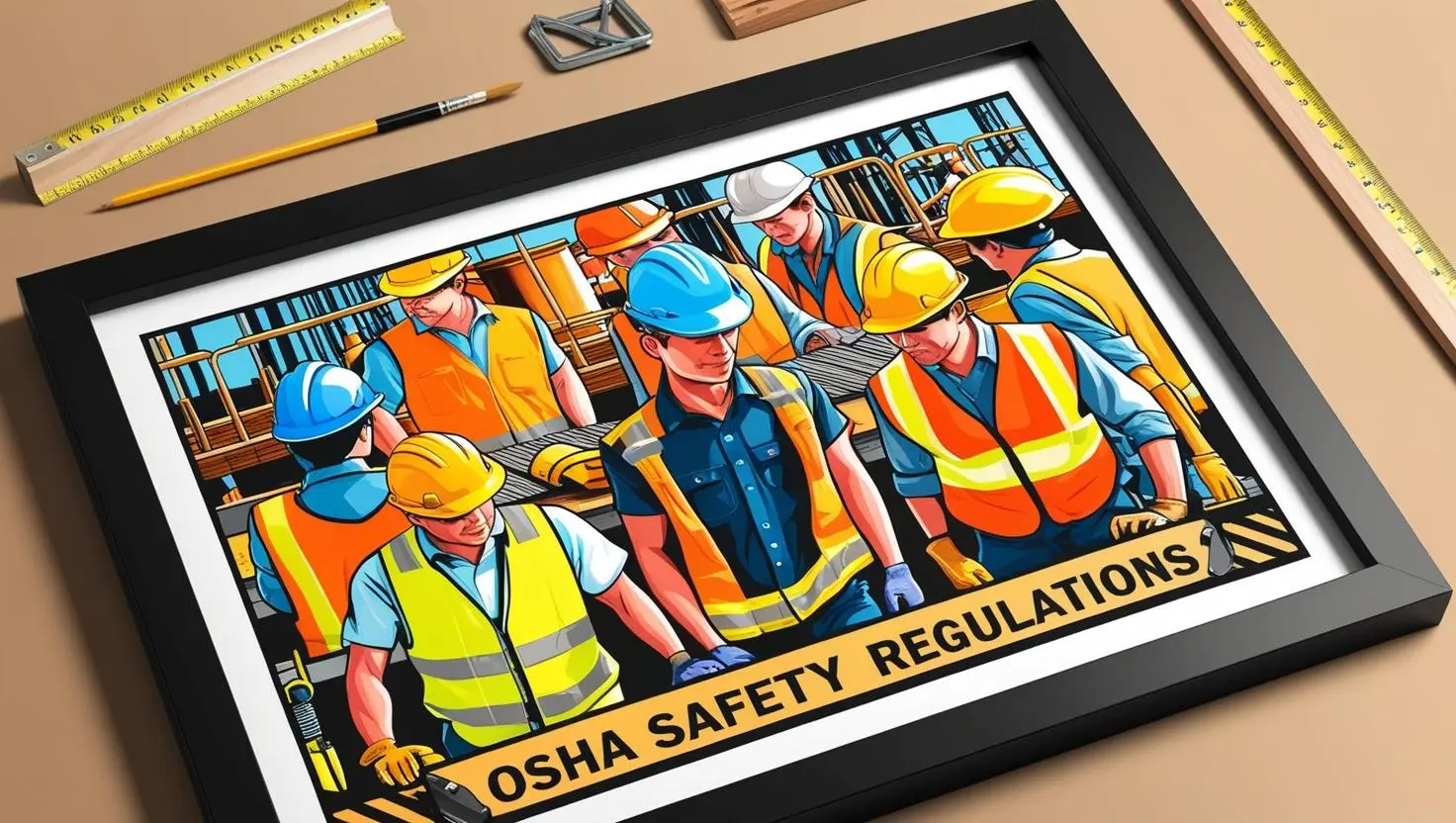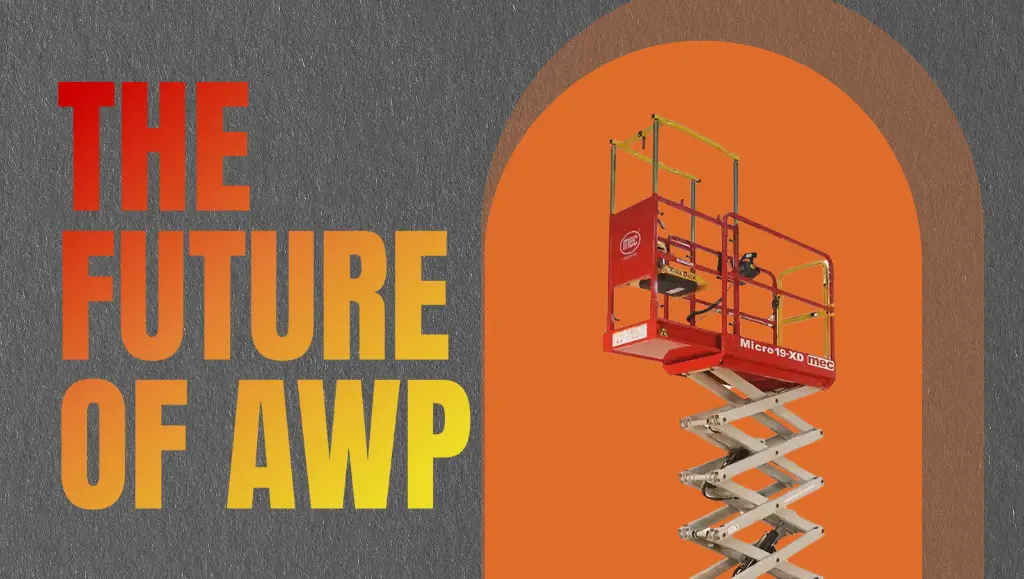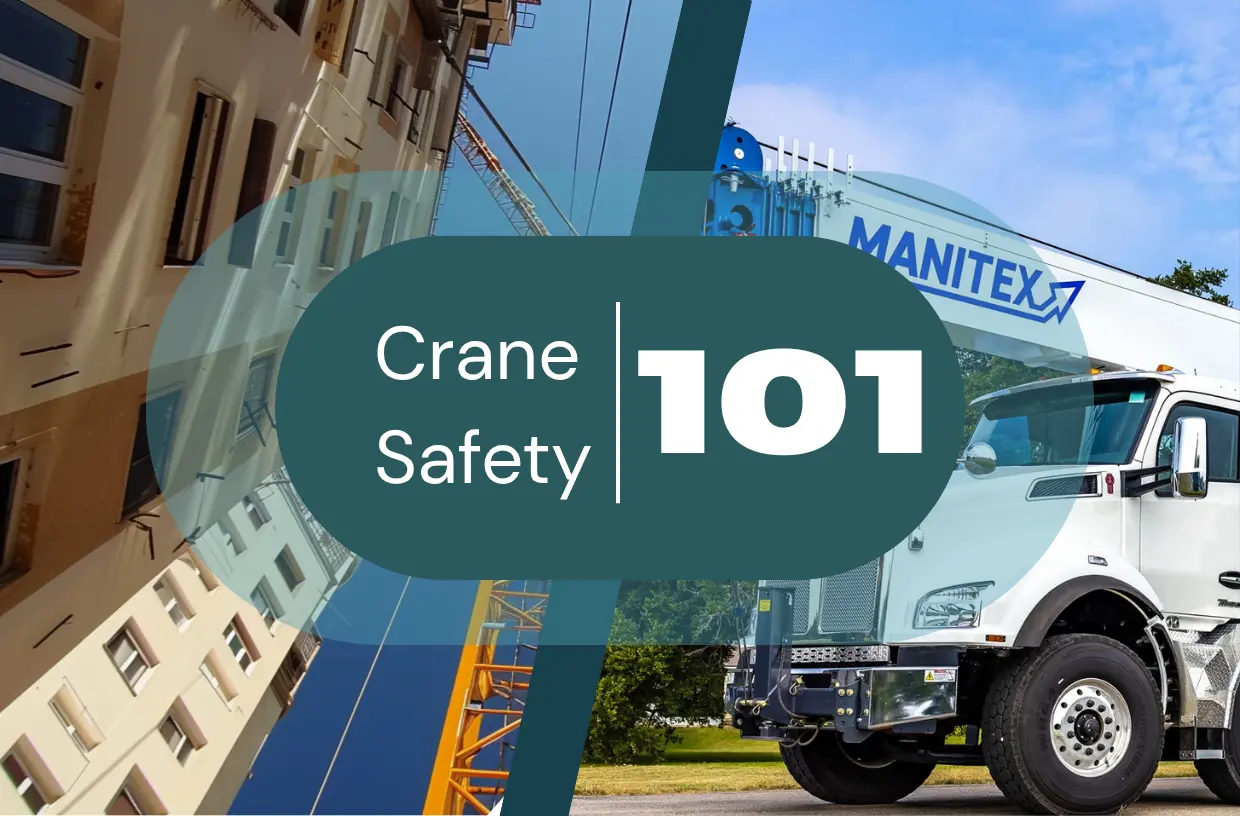Running a business comes with many responsibilities, and one of the most crucial is ensuring the safety and well-being of your employees. That’s where the Occupational Safety and Health Administration (OSHA) comes in. But what exactly is OSHA, and how do they protect your workers? This post will break it down for you.
What is OSHA?
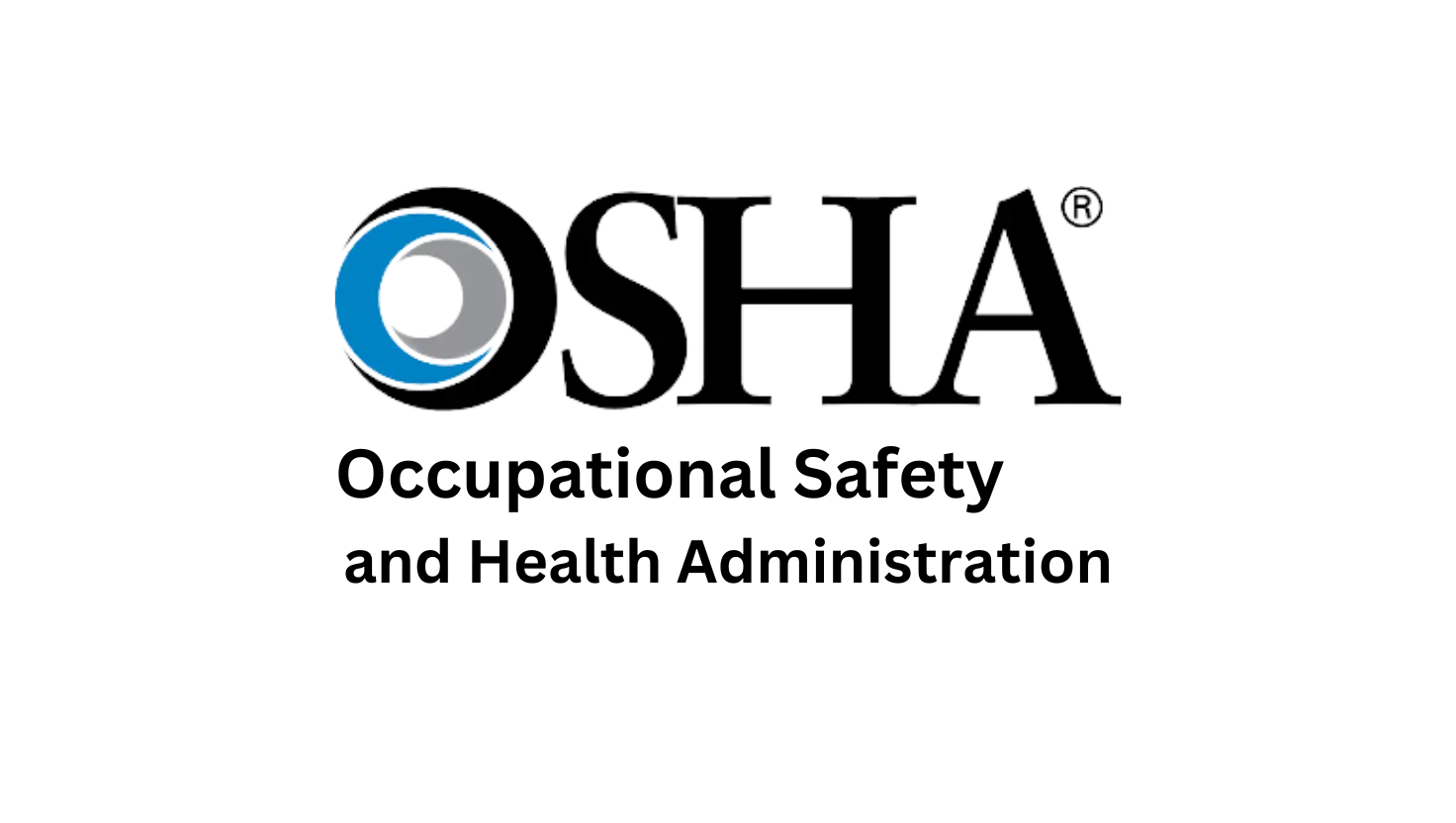
OSHA is a federal agency within the U.S. Department of Labor. It was created in 1971 with the mission of “assuring safe and healthful working conditions for workers by setting and enforcing standards and by providing training, outreach, education, and assistance.” Essentially, OSHA’s job is to ensure workplaces are safe for everyone.
How Does OSHA Protect My Workers?
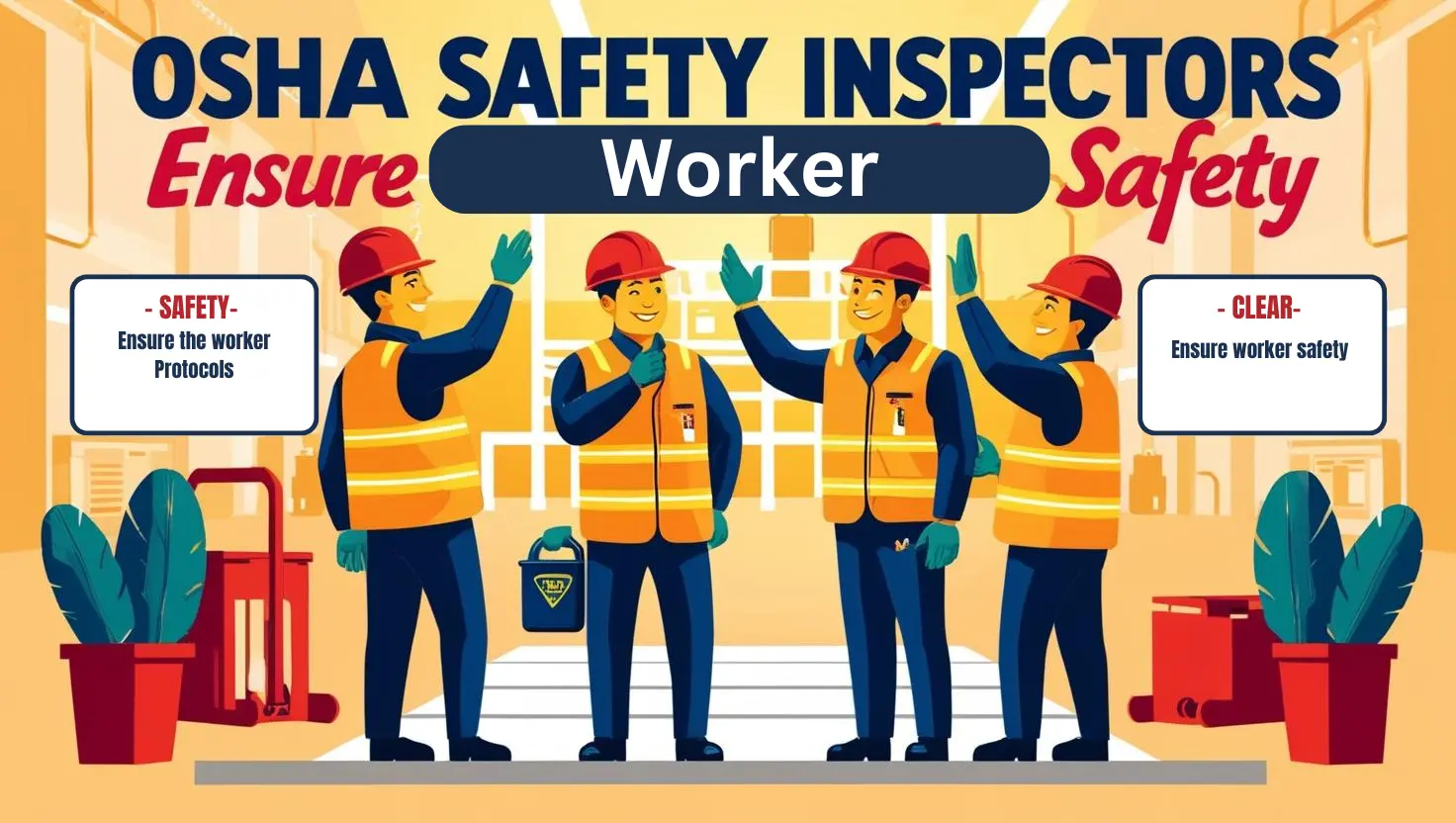
OSHA protects workers in several key ways:
Prioritizing Settling Standards
OSHA develops and enforces safety and health standards for various industries. These standards cover a wide range of hazards, from machine guarding and fall protection to exposure to chemicals and noise. These standards are based on extensive research and best practices.
Enforcing Standards
OSHA conducts inspections of workplaces to ensure compliance with its standards. If violations are found, OSHA can issue citations and impose penalties. This enforcement power encourages employers to prioritize safety.
Providing Training and Outreach
OSHA offers a variety of training programs and resources for employers and employees. These resources help businesses understand OSHA standards and implement effective safety and health programs. They also offer free on-site consultation services to help businesses identify and correct workplace hazards.
Encouraging Continuous Improvement
OSHA encourages employers to go beyond the minimum requirements of its standards and implement comprehensive safety and health management systems. This proactive approach fosters a culture of safety and helps prevent accidents before they happen.
What Are My Responsibilities as an Employers?

As an employer, you have a legal and ethical responsibility to provide a safe and healthy workplace for your employees. This Includes:
Knowing OSHA Standards
A crucial first step is understanding the specific OSHA standards relevant to your industry and your employees’ work. Familiarizing yourself with these regulations ensures you know the legal requirements and best practices for workplace safety.
Implementing a Safety and Health Program
A comprehensive safety and health program is essential for proactively addressing workplace hazards. This program should be tailored to the specific risks present in your operations and outline procedures for hazard identification, control, and prevention.
Providing Training
Equipping your employees with the knowledge and skills to work safely is paramount. Provide thorough training on safe work practices, hazard recognition, and the proper use of any required personal protective equipment (PPE). Regular refresher training is also important to reinforce safety procedures.
Maintaining Records
Accurate record-keeping of workplace accidents and illnesses is a legal requirement and a valuable tool for identifying trends and areas for improvement in your safety program. These records help you track incidents, analyze their causes, and implement corrective actions.
Cooperating with OSHA
Open communication and cooperation with OSHA are vital. Be prepared to cooperate with OSHA inspections and investigations, providing access to your workplace and relevant documentation. A positive relationship with OSHA can help you maintain a safe and compliant work environment.
Creating a Culture of Safety?
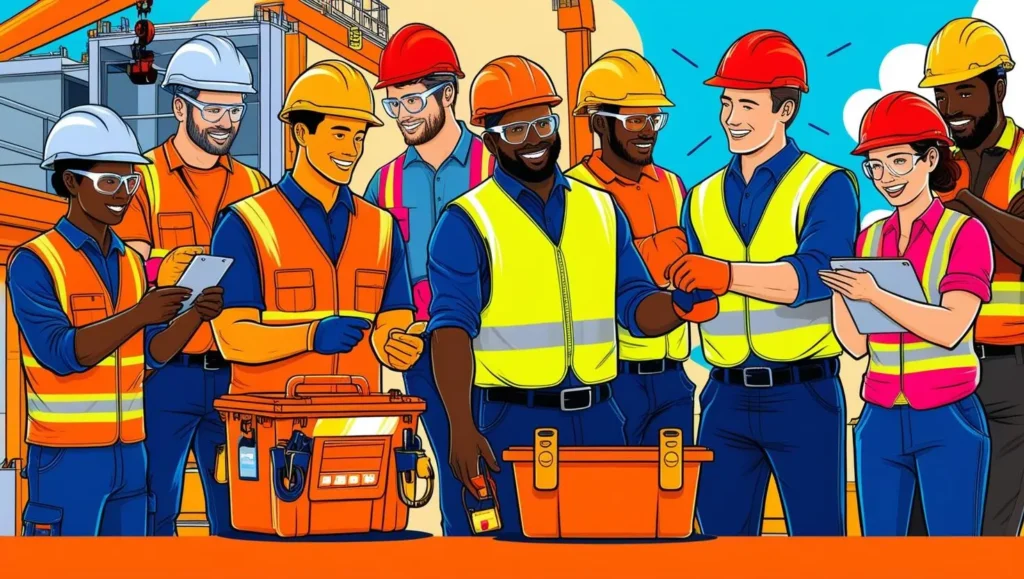
Ultimately, the best way to protect your workers is to create a safety culture within your organization.
Prioritizing Safety
Ultimately, the best way to protect your workers is to create a safety culture within your organization.
Employee Involvement
Ultimately, the best way to protect your workers is to create a safety culture within your organization.
Employee Involvement
Ultimately, the best way to protect your workers is to create a safety culture within your organization.
Conclusion
OSHA plays a vital role in protecting workers across the United States. By understanding OSHA standards and fulfilling your job responsibilities, you can create a safer and healthier workplace for your employees and contribute to a more productive and successful business. Don’t just comply with OSHA – strive to exceed the minimum requirements and cultivate a true safety culture.
What does OSHA stand for?
A: OSHA’s main purpose is to ensure safe and healthful working conditions for workers by setting and enforcing standards and by providing training, outreach, education, and assistance
What is OSHA's main purpose?
A: OSHA’s main purpose is to ensure safe working conditions for workers by setting and enforcing standards, and by providing training, outreach, education, and assistance.
What are my basic responsibilites as a employer regarding workplace safety?
A: Your basic responsibilities include providing a safe and healthy workplace, knowing and complying with relevant OSHA standards, providing necessary training, and maintaining required records.
What kind of training do I need to provide my employees?
A: The specific training requirements depend on your industry and the hazards present in your workplace. OSHA standards outline specific training requirements for many hazards. In general, you should train employees on safe work practices, hazard recognition, and the use of personal protective equipment(PPE)
